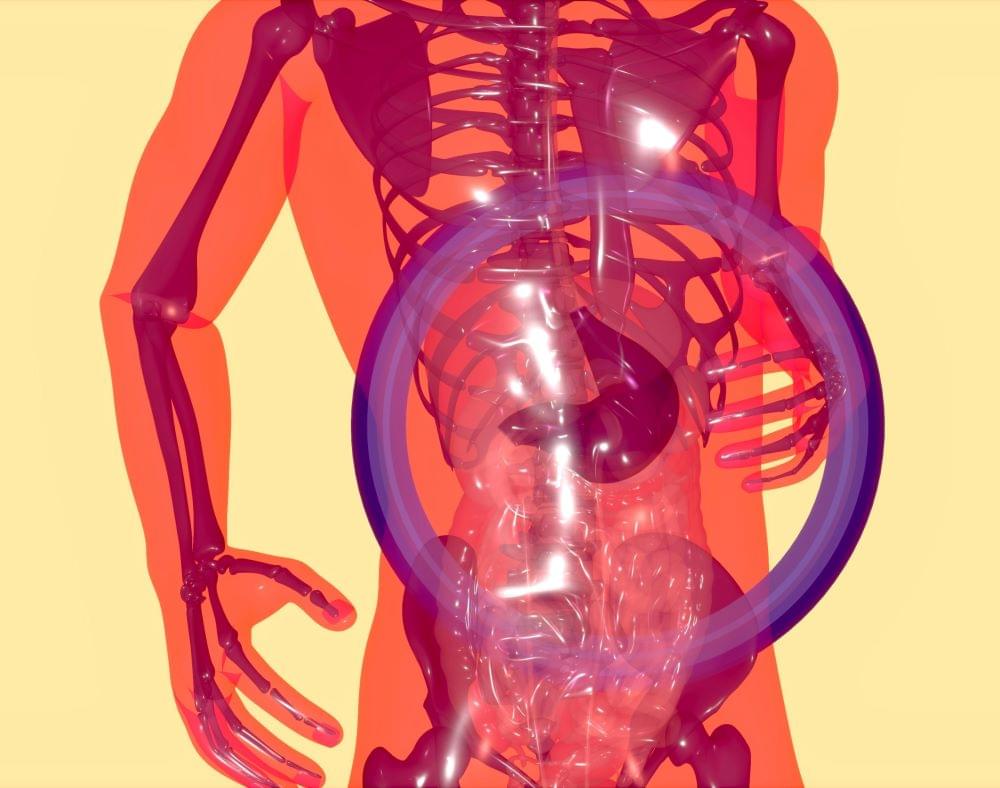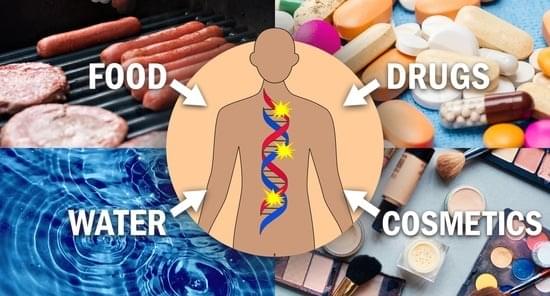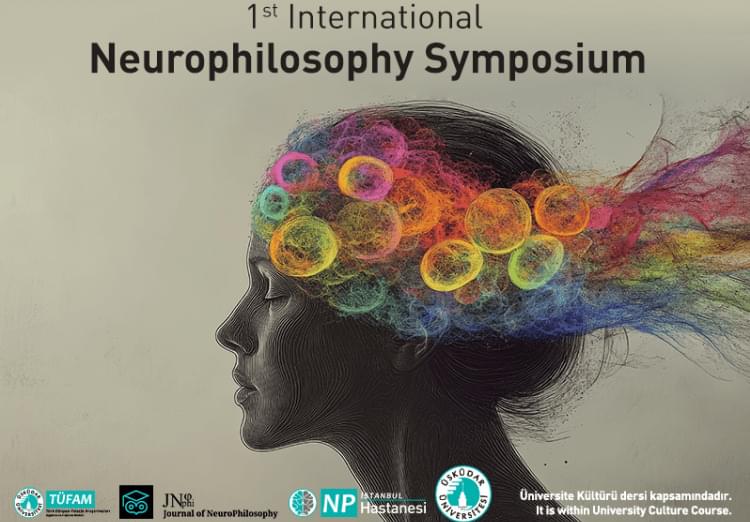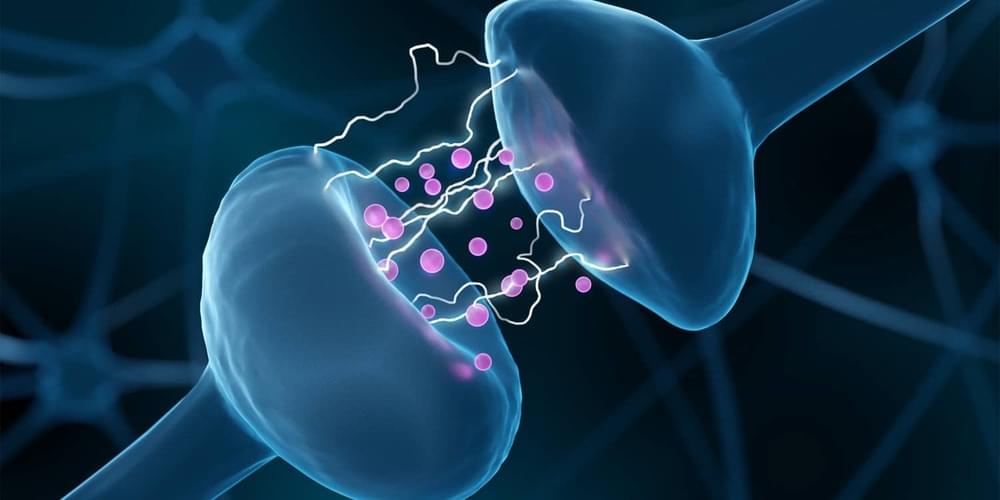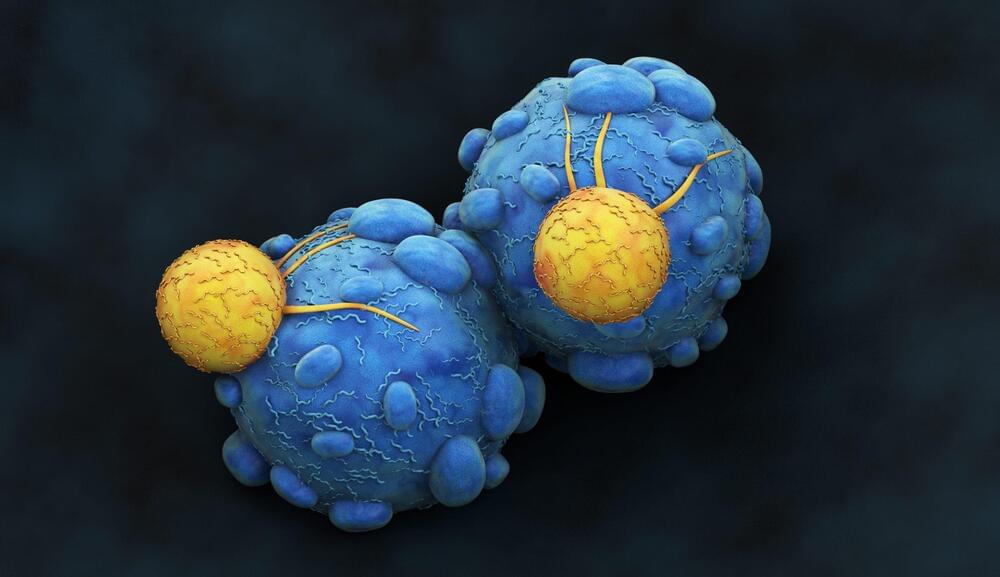Researchers discovered that the mRNA modification m6A triggers rapid degradation, regulating protein production. This breakthrough could inform drug development to manage protein-related diseases.
Messenger ribonucleic acids (mRNA) are like the architects of our bodies. They carry precise blueprints for building proteins, which are read and assembled by their cellular partners, the ribosomes. Proteins are essential for our survival, as they regulate cell division, bolster the immune system, and make our cells resilient against external threats.
Just like in real-world construction, some cellular blueprints require extra instructions—such as when a protein needs to be produced rapidly or when corrections are needed for a flawed design. In our bodies, this role is fulfilled by RNA modifications. These small chemical changes function like detailed annotations, offering additional guidance to specific parts of the mRNA for optimal protein production.


